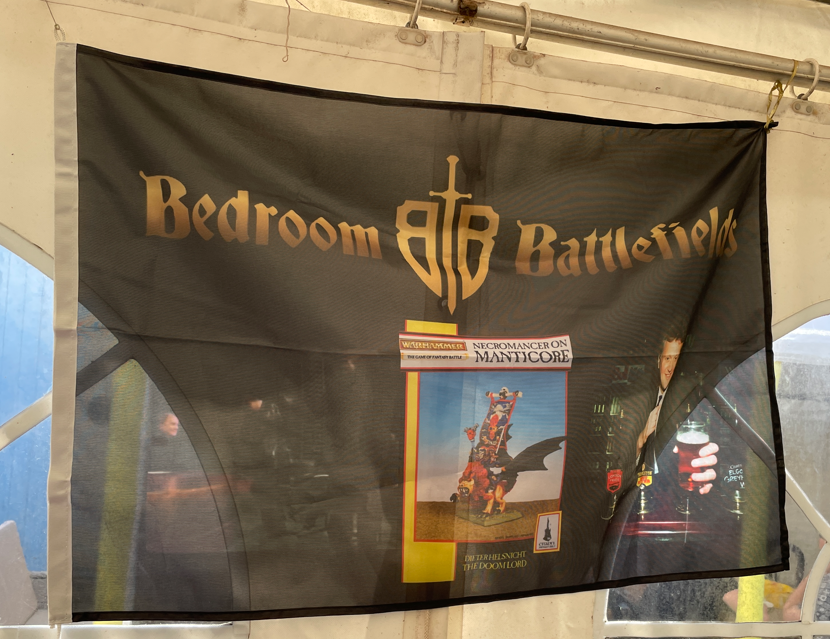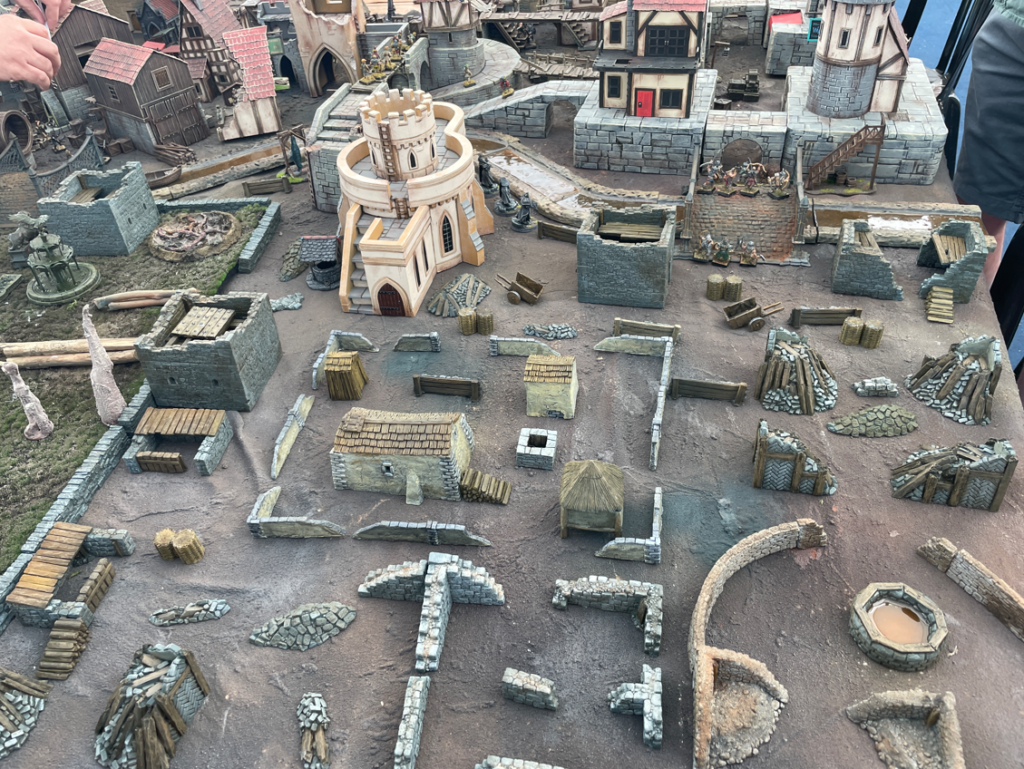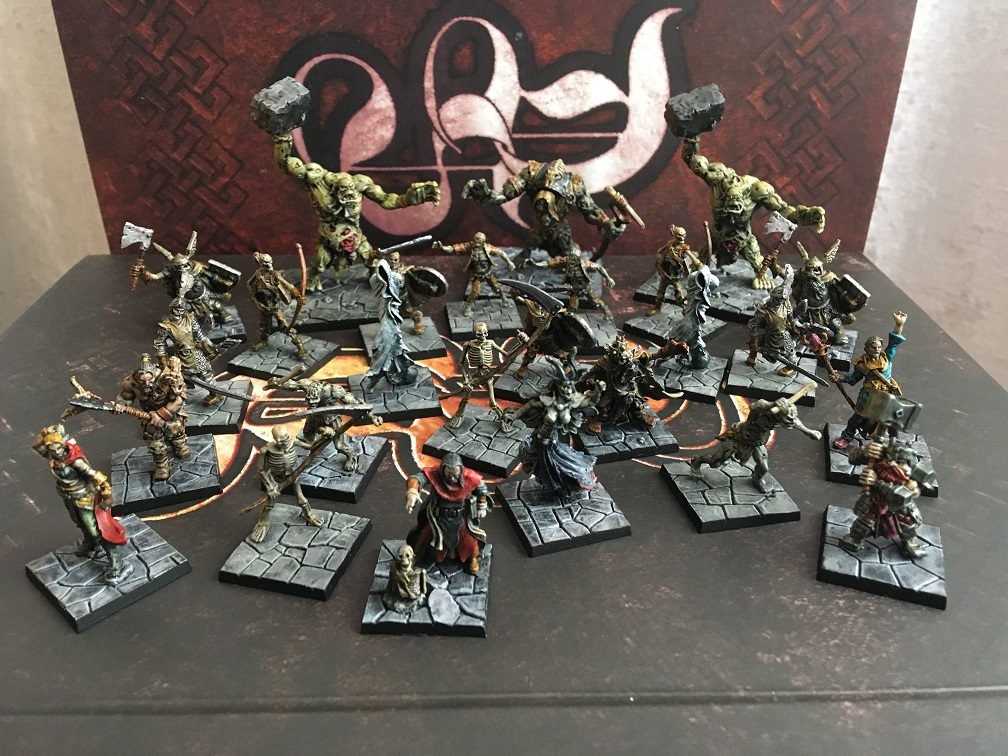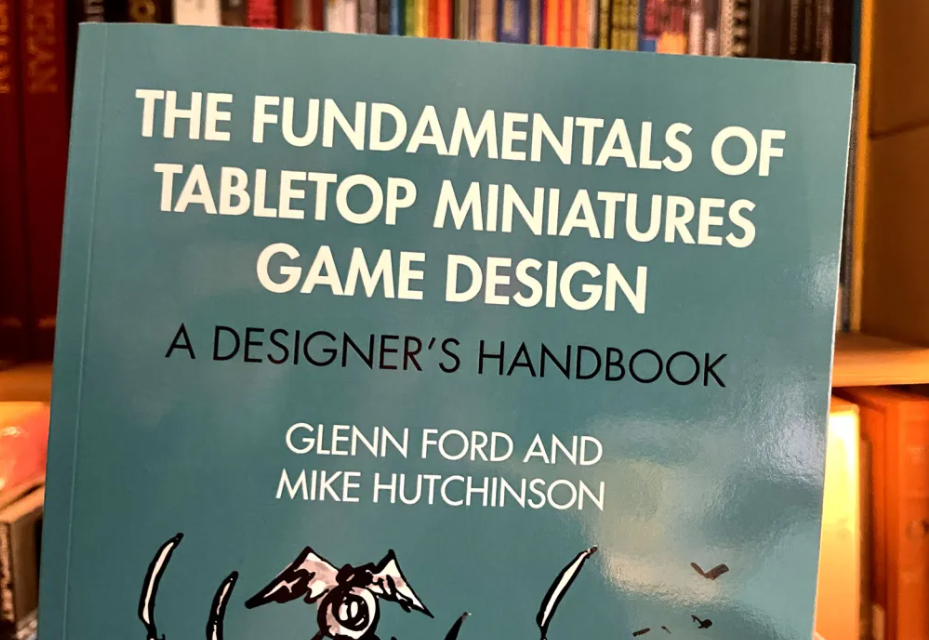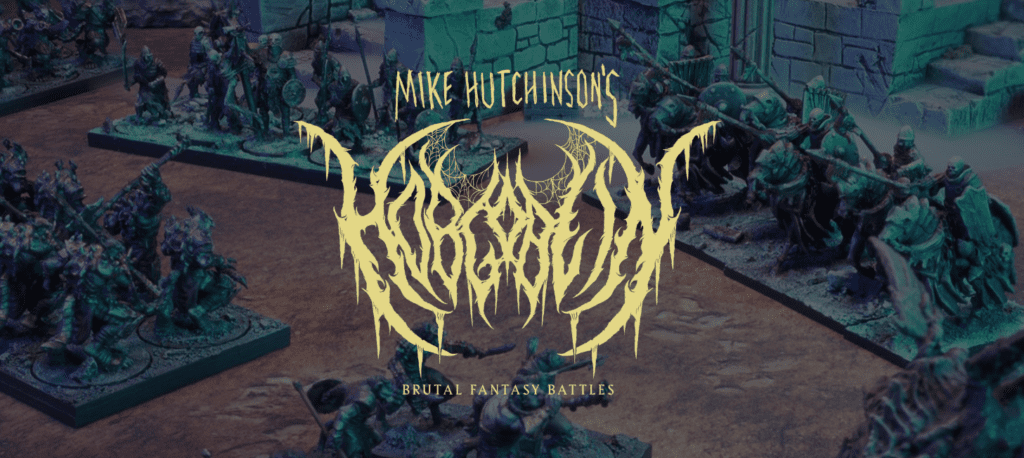When Rick Priestley casually says, “What you’re doing sounds entirely normal to me,” it becomes clear how strange modern wargaming culture has become.
On a recent two-part episode of the Tabletop Miniature Hobby Podcast, Priestley, co-creator of Warhammer and Warhammer 40,000, listens as Jason and Mark describe big tables, no points, Games Masters, imbalance by design, and campaigns driven by story rather than symmetry.
To him, none of this sounds radical. It sounds familiar.
Powered by RedCircle
The Myth of the Lost Style
Narrative wargaming is often framed as a niche revival or a reaction against competitive play. Priestley rejects that outright. Narrative play is not a rebellion. It is the foundation modern wargames were built on.
Before points values and mirrored tables, games were shaped by scenario and judgment. Sieges were unfair. Last stands were desperate. Balance was not calculated. It was agreed.
Early British designers such as Featherstone, Grant, and Young did not rely on points systems. They assumed good faith, shared imagination, and players who wanted the game to be interesting rather than optimal.
So what changed?
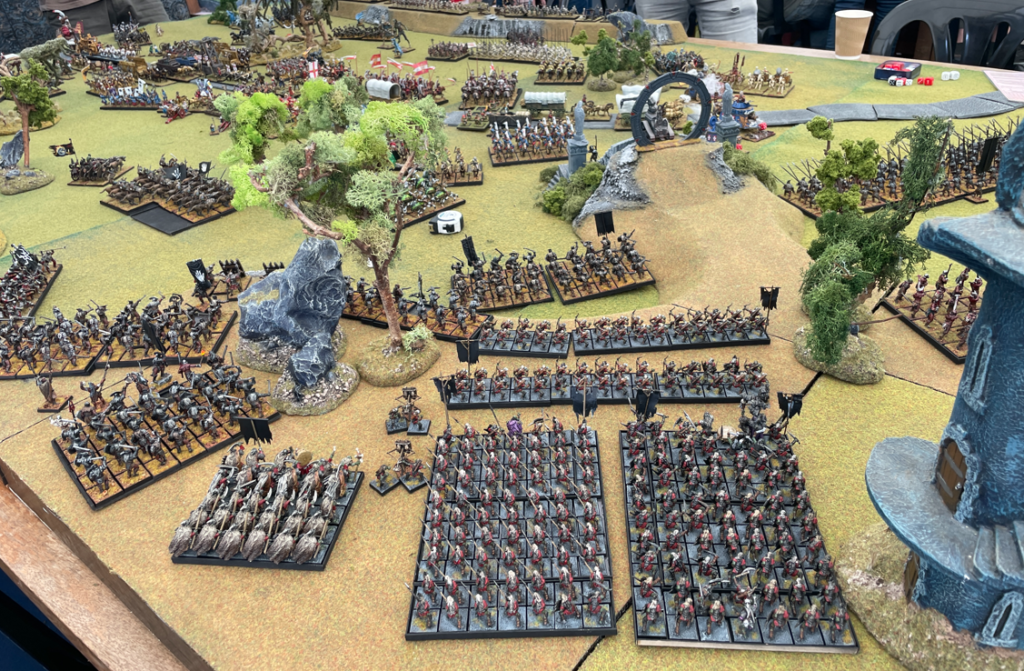
When Balance Became an Ideology
Points values began as a convenience. They helped players build collections and find games quickly. Over time, that convenience hardened into expectation.
Modern balance culture assumes that a properly designed game should resolve to a near-perfect 50/50 outcome between equally skilled players. The result is list optimisation, meta-chasing, and games whose outcome is often decided before the first dice roll.
Priestley does not condemn this approach. He simply questions what it produces. Efficiency, perhaps. Predictability, certainly. But not always joy.
The Games Master We Lost
One of the clearest casualties of this shift is the Games Master.
In the episode, Jason describes running vast multiplayer games overseen by a GM who introduces events, resolves disputes, and keeps the story moving. Priestley immediately recognises the model. This was early Warhammer. Early roleplaying games. Early wargaming.
The GM was never a workaround. They were the engine.
Attempts to replace that role with campaign books and flowcharts were understandable, but limited. You cannot automate trust or improvisation. A referee works because everyone agrees they are there to make the game better.
As Priestley puts it, the only rule is that the Games Master is always right. Not because they wield authority, but because the group has given them responsibility.
Powered by RedCircle
Rules as Tools
Another striking thread in the conversation is how casually the group ignores rules.
Forgotten mechanics are handwaved. Unclear outcomes are resolved with a roll and a decision. Priestley admits that even with systems he helped write, momentum matters more than correctness.
This is not carelessness. It is confidence.
Narrative players are not anti-rules. They simply refuse to let rules dominate the experience. Systems are scaffolding. If something blocks the flow of the game, it is removed.
In a hobby obsessed with precision and FAQs, this mindset feels quietly subversive.

Not a Rejection, a Reminder
Priestley is not calling for the end of competitive play. He is arguing for memory.
Narrative gaming never died. It was crowded out of the conversation. What groups like Jason’s are doing is not inventing something new. They are remembering how the hobby once worked and choosing to make space for it again.
The most radical idea in modern wargaming is not breaking the rules.
It is remembering they were never the point.



